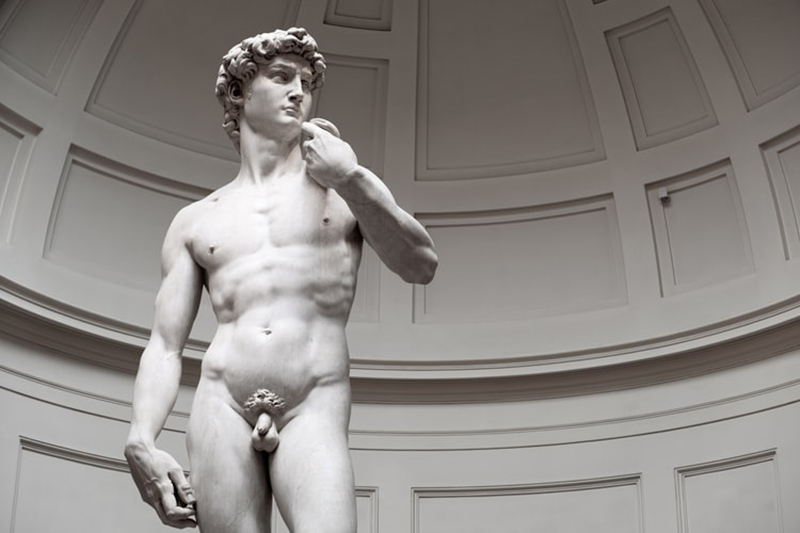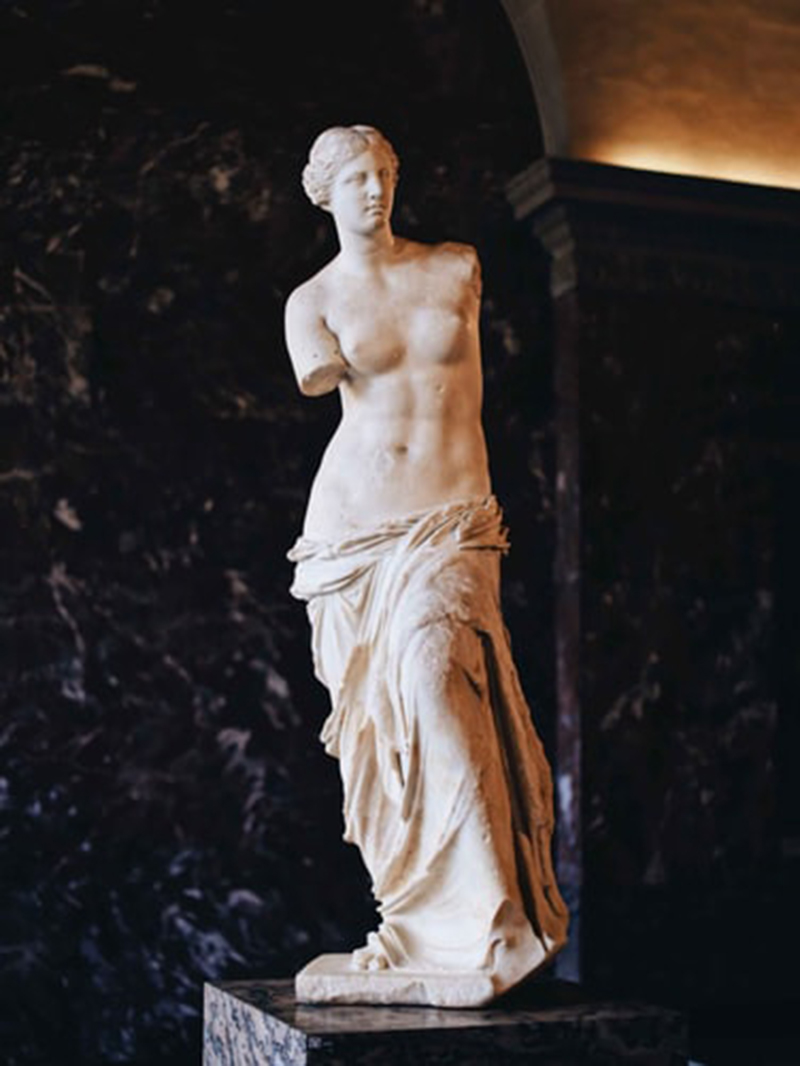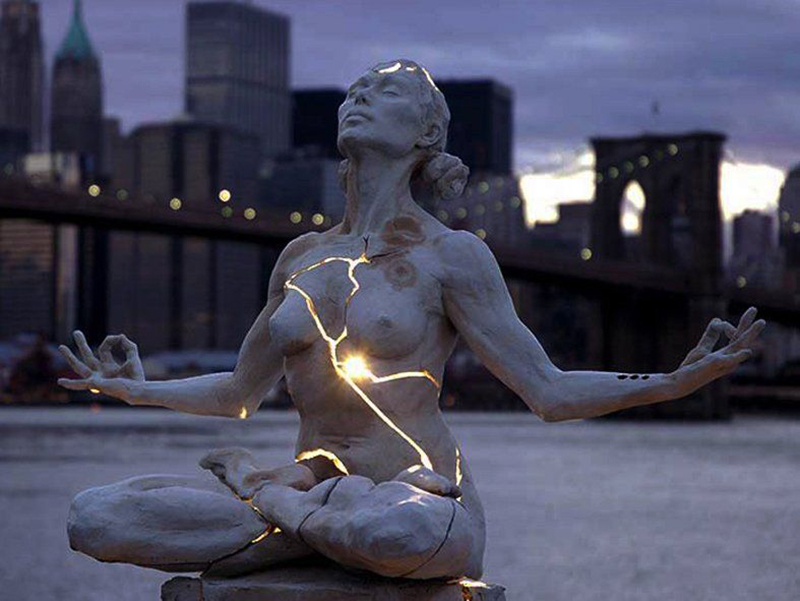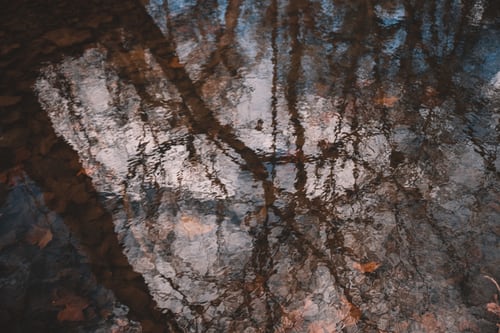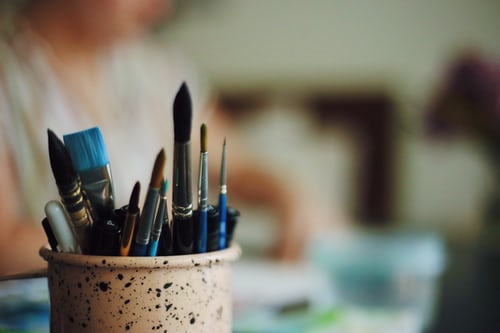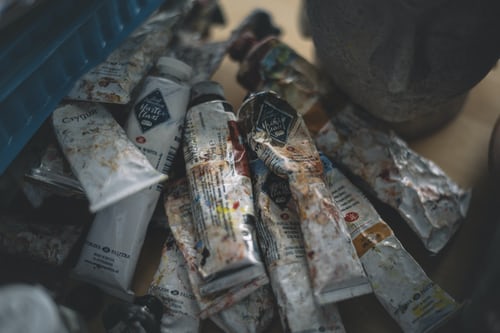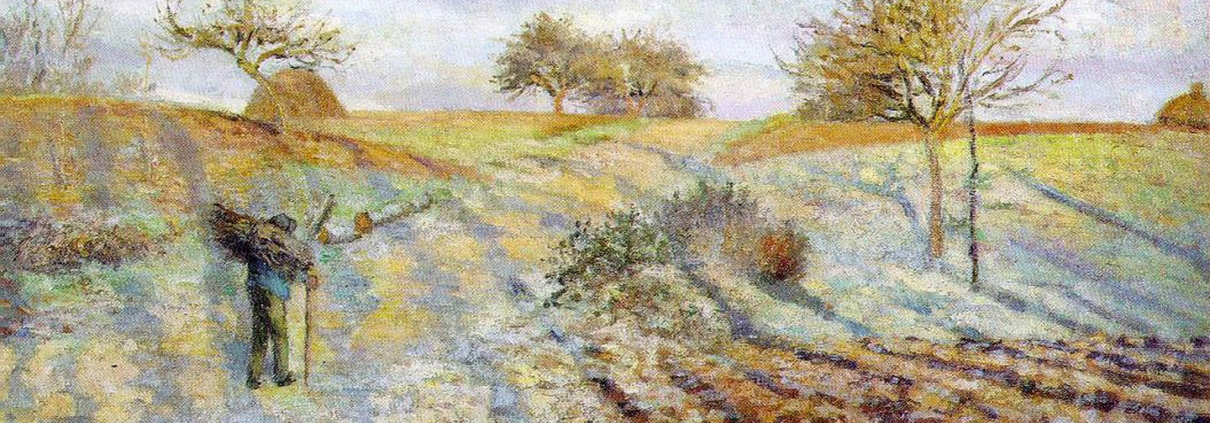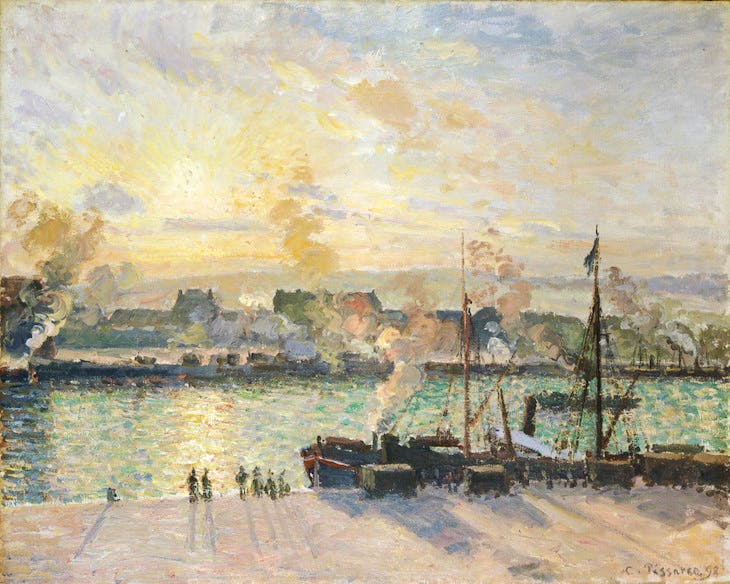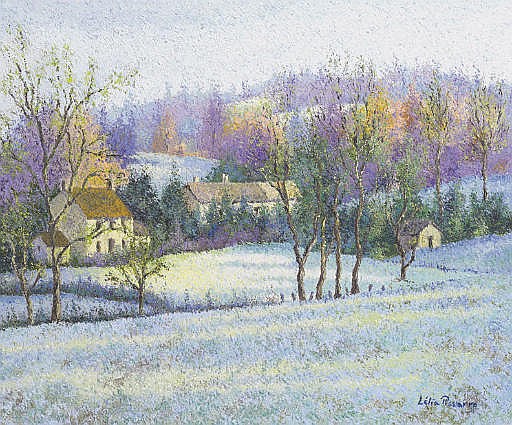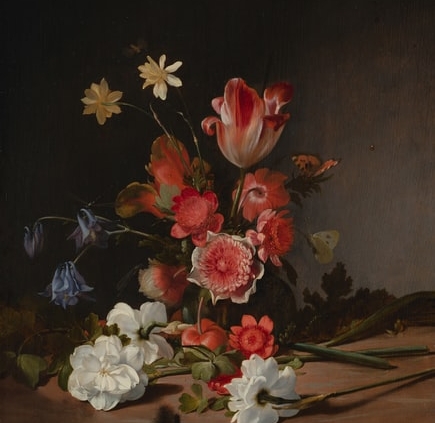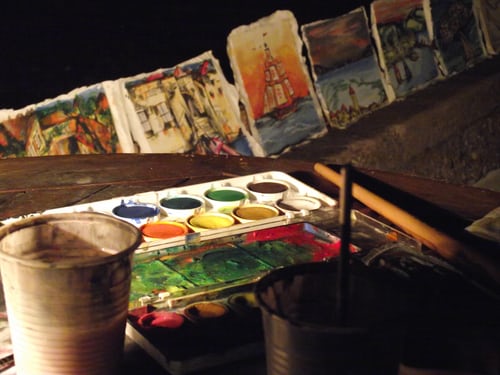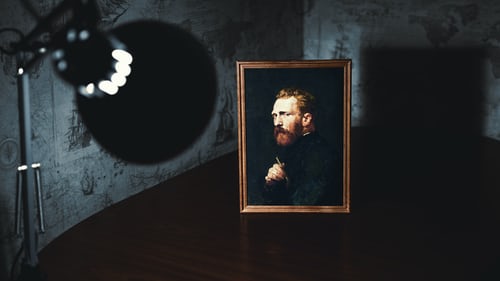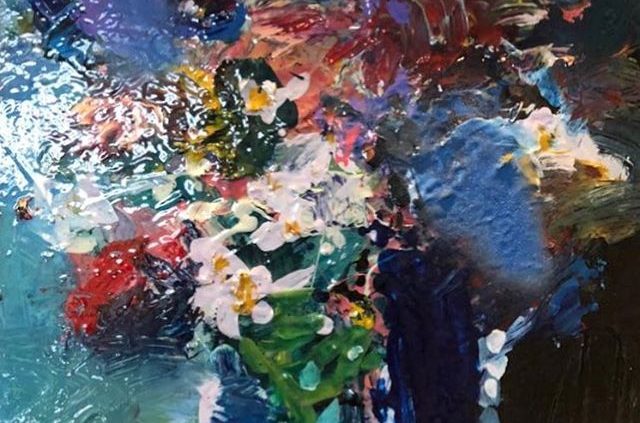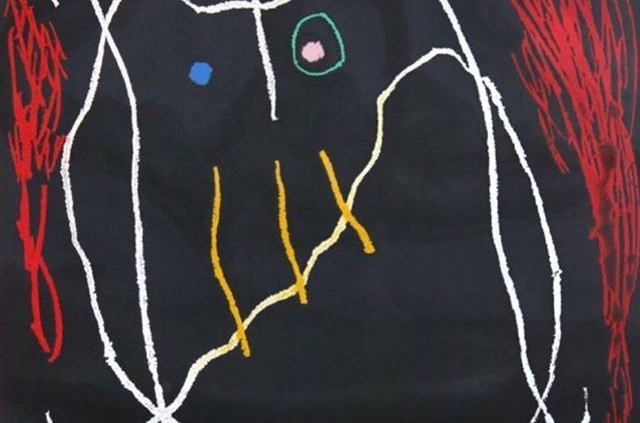If you’re an art lover, you’ll know that no matter what it cost your art is priceless. It’s the one form that cannot be replicated, duplicated or mass produced. It’s not about how you acquired it, or who painted it, but if it speaks to you, you’ll know it was made with love. The beauty lies in its authenticity and uniqueness – so you cannot just buy another one.
Whether you’ve been collecting art your whole life, are a novice collector or a budding artist, it is most likely that you are working with or own canvas. This material is popular for its durability, but it still needs to be cared for and stored properly.
Whether you are moving, redecorating or simply storing your art, we have some tips to keep both the canvas itself and the creation on it safe.
Handle with Care
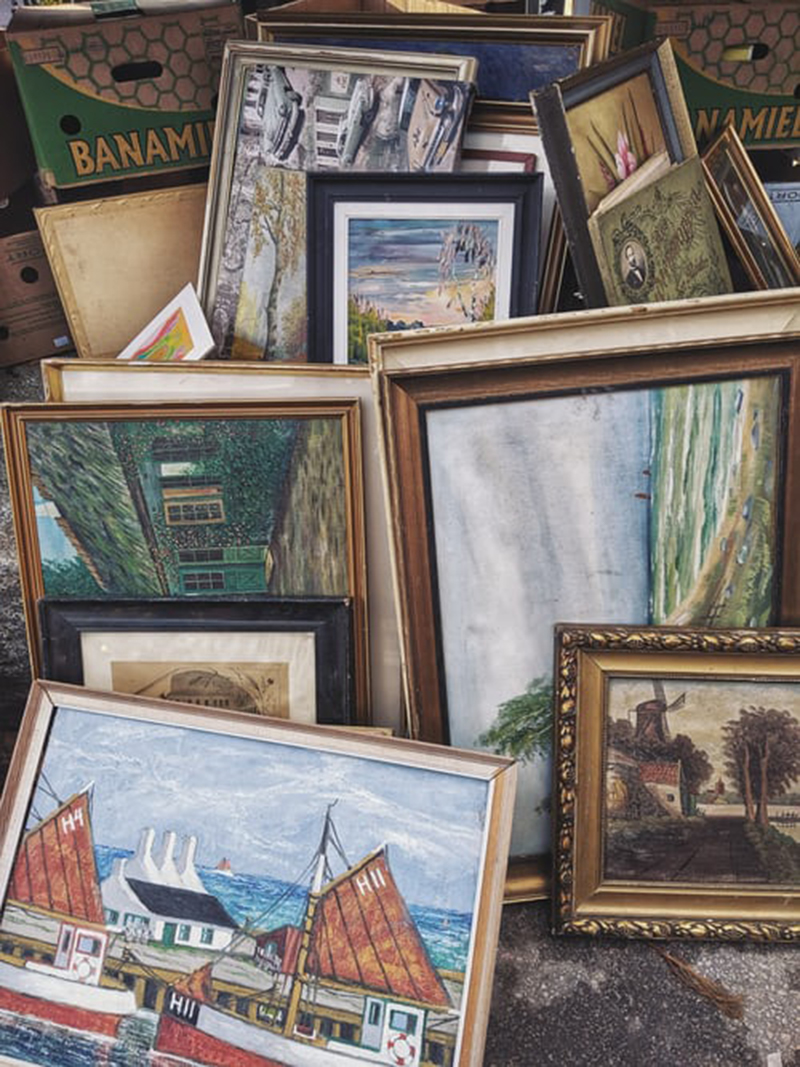
The natural oils on your skin can sometimes cause a chemical reaction to the paint. It is recommended to wear cotton gloves when handling art pieces to prevent this and avoid fingerprints, especially on work that hasn’t dried completely yet. This will also prevent you from scratching the paint.
Avoid Direct Sunlight
Exposure to direct sunlight can deteriorate paintings much faster because of the ultraviolet radiation reacting with the paint. Some paints can be more resilient to light exposure, but it is better to be safe than sorry. Avoid complete darkness as well – sunlight will fade the color and darkness can darken the paint. Photographs are most sensitive to light, in fact any work on paper and UV plexiglass can provide longevity but not complete protection.
Moisture Sensitivity
Paintings and other paper formats are highly sensitive to moisture. Avoid water, soap and even gentle cleaning solutions. In fact, it is highly discouraged to touch the paint and we recommend lightly dusting with a soft duster or even better, taking it to a professional restorer if it has been stored for a long time.
Keep Your Display Case/Glass Clean
Dust glass cases regularly to avoid an accumulation of dirt. Due to the fact that art is moisture-sensitive, we don’t suggest using any detergents on the case, especially if the art is old and cannot be removed from the frame.
Store in a Cool, Dark Place
The main concern is temperature fluctuations that can deteriorate or alter the artwork. Ideally, store art in a temperature-controlled unit or a cool, dry and dark place.
Pay Attention to Humidity
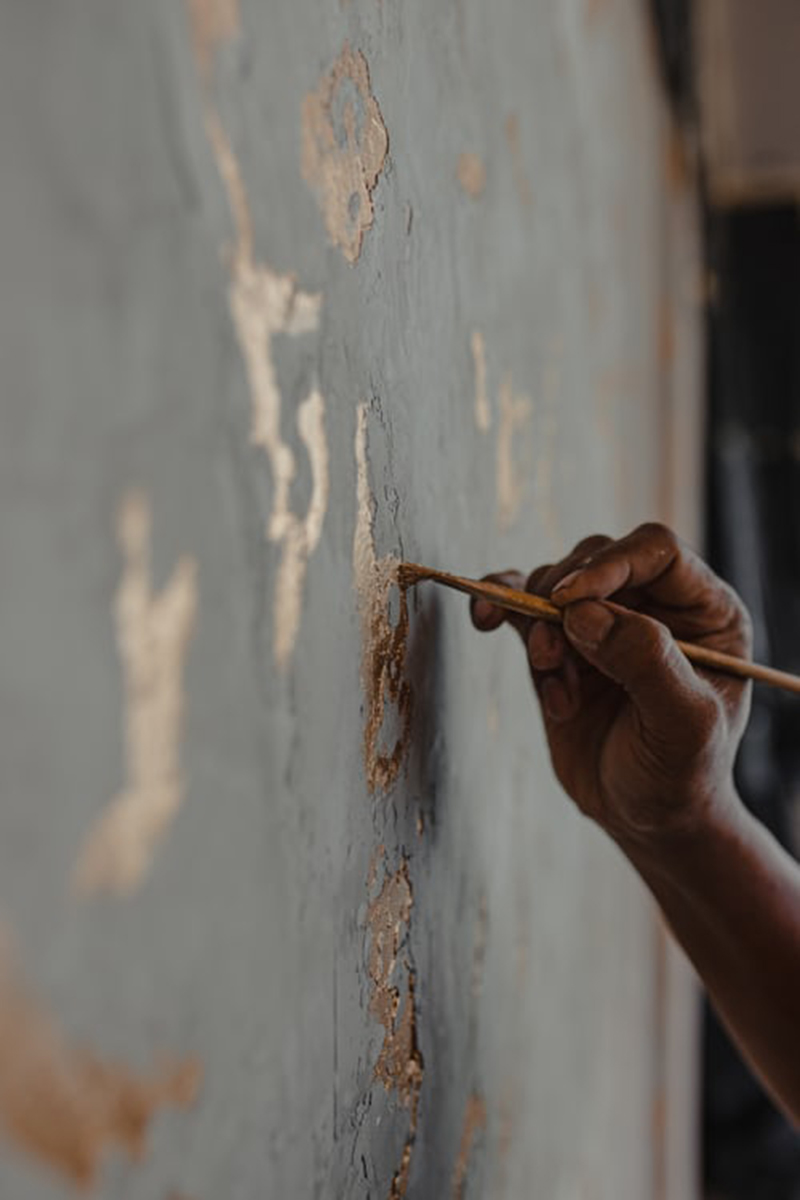
Humidity can also cause a chemical reaction with the paint. A hygrometer is usually used to measure the moisture in an enclosed space and should never be more than 55%. Think about ventilation when choosing a storage location.
Keep Your Paintings Separated
If your paintings are unframed and you want to keep them together, make sure you separate each one with acid-free paper and a mat board slighter larger than the pieces. This will prevent chemical reactions, chipping and creasing.
Don’t Roll your Art
Although we often see art tubes, it can cause cracking and creasing. We always recommend storing paintings flat if you’re not going to frame and hang them.
Don’t forget to check up on your stored artwork every now and then to monitor their condition. If you take care to do the above correctly your artwork should out last you!



